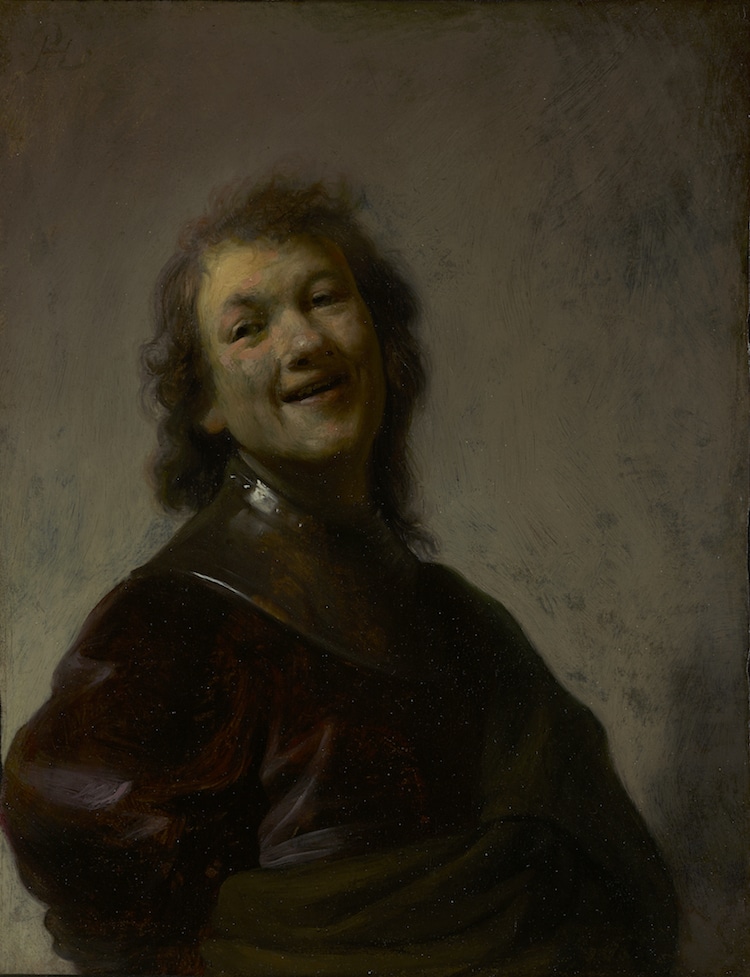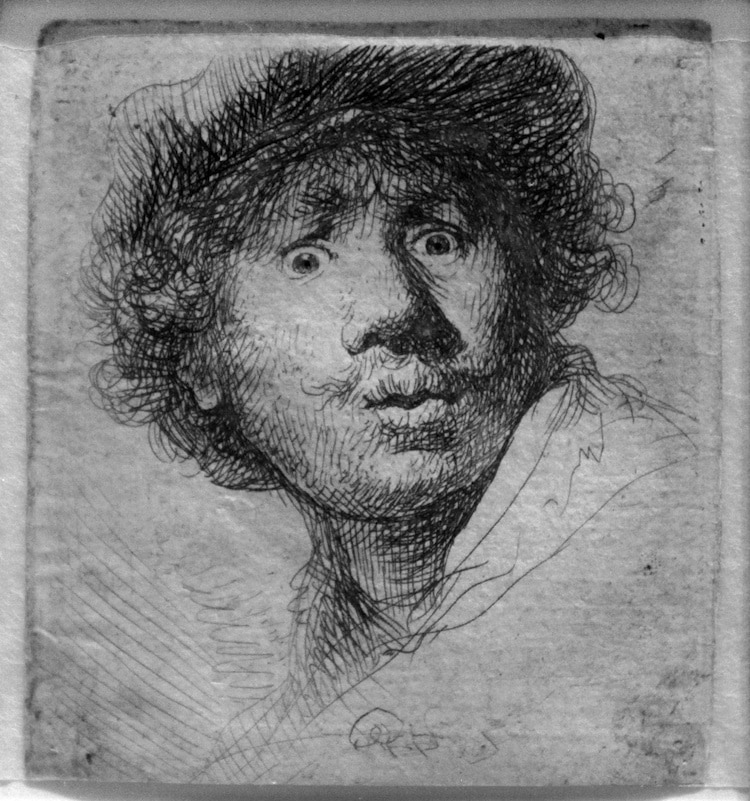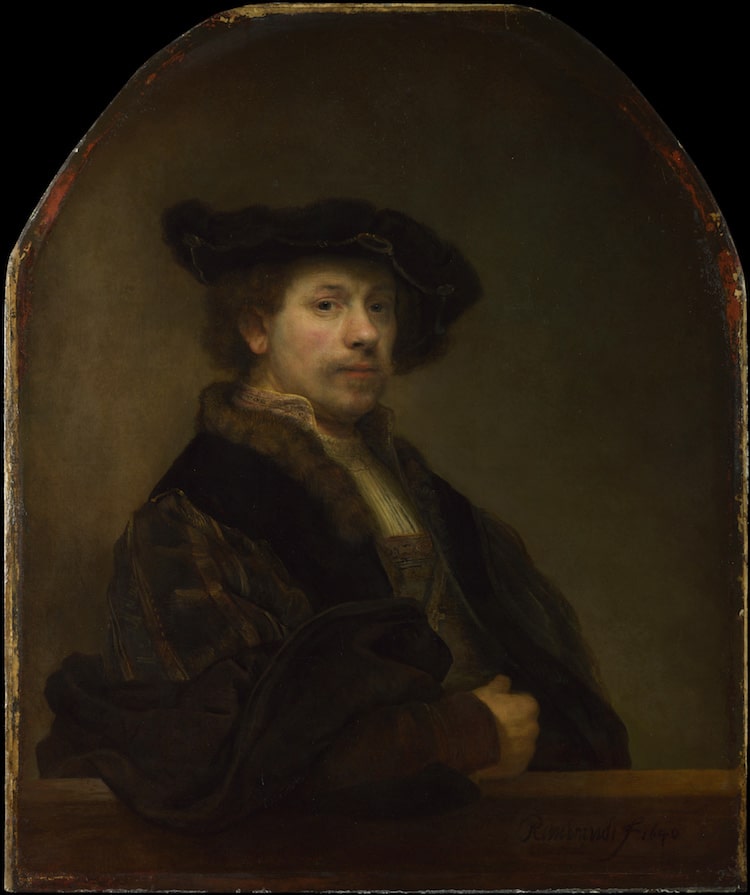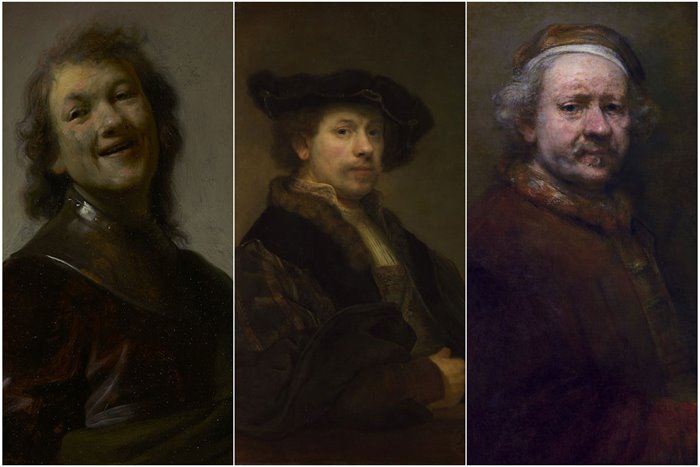How Did Rembrandt Express His Thoughts And Feelings With His Self-Portraits?
Rembrandt Is One Of The Few Artists Who Created Numerous Self-Portraits; But Is There A Purpose Or A Secret Hidden Behind Rembrandt’s 80 Self-Portraits?
Few great artists can show off their diverse work collection like Rembrandt. Not only did Rembrandt create some of the most important group portraits of the Dutch Golden Age, such as “Night Patrol” and “The Dissection Class of Dr. Nicholas Tulp”; Rather, he left about 80 self-portraits in the form of paintings and metal prints.
While many earlier artists, such as Albrecht Dürer and Leonardo da Vinci created many self-portraits, Rembrandt was the first to use this art form in ways beyond recording his likeness. Also, he was considered the first to develop several self-portraits in his lifetime.
He used his face to create thrones and examine himself, While he turned from a young and promising artist at the age of 20 to an intelligent teacher at 63. It should be mentioned that tronies are paintings created to study facial expressions and people with different clothes.
Some contemporaries of the 17th century, such as Peter Paul Rubens, also created several self-portraits during their lifetime. Still, no one at that time could come close to the number of self-portraits of Rembrandt.
However, what was Rembrandt’s purpose in creating so many self-portraits?
In addition to serving a practical purpose (like the thrones), Rembrandt used the self-portrait to express his identity as an artist.
This extensive collection of self-portraits generally serves as an illustrated autobiography of the artist’s life. Next, we will take a look at six self-portraits of Rembrandt.
Rembrandt’s Laughing Self-Portrait (1628)

This oil painting on copper was created when Rembrandt (1606 to 1669) was about 22 or 23 years old, and it is one of this artist’s first self-portraits and portraits. This self-portrait depicts him in a moment of confusion and euphoria, While his face is tilted back from laughter.
Self-portrait with open eyes (1630)

This metal print is one of the five works that the Dutch art historian, Ernst van de Wetering, named “Studies in Facial Expressions.” This work is different from Troni’s due to the speed of construction and lack of precise details. In this piece, Rembrandt stares directly at the viewer with wide-open, surprised eyes and slightly parted lips.
Self-portrait at the age of 34 (1640)

The self-portrait at 34 depicts the artist in a luxurious dress from the 1500s. Rembrandt’s pose with one hand resting on the ledge is reminiscent of two Renaissance paintings: Raphael’s Portrait of Baldassari Castiglione and Titian’s Man with Cotton-Embroidered Sleeves. In this work, as in many of his other canvases, Rembrandt stares at the viewer with the artist’s confidence and without embarrassment.
Self-portrait with beret and collar (1659)

When this painting was created, Rembrandt was struggling with financial problems. The effects of these stressful factors can be seen in the portrait’s solemn atmosphere, the choice of dark colors, and especially the expression of concern on Rembrandt’s face. In this self-portrait, he uses a similar pose to some of his earlier portraits, reminding us of the Renaissance masters.
Self-portrait with two circles (1665 to 1669)

As Rembrandt grew older, his self-portraits became more severe and self-reflective. This particular painting stands out from his other recent self-portraits because of its unusual and striking background with two circles whose meaning is unclear.
One theory about the drawn circles in this self-portrait says that they display Rembrandt’s artistic skill, like Giotto’s story, which draws a perfect ring for the pope to show his skill. Another theory states that the calls were placed in the painting to resemble the old world map standard in Dutch paintings of the same period.
Self-portrait at the age of 63 (1669)

This painting is one of the three paintings related to the year of Rembrandt’s death. Self-Portrait at 63 depicts the artist with the same gravitas expected in his latest work, with a sullen but assured face and free brushstrokes. Here, we can see Rembrandt’s hands clasped in front of his body, A state he often avoided; Because the artist used a mirror to get the desired likeness.
We hope you enjoyed this different part of Shutter, which was prepared to increase your artistic awareness.
Have you, users, ever read about Rembrandt’s self-portraits? If you have more information about the nature of these selfies, you can share it with other users and us.











